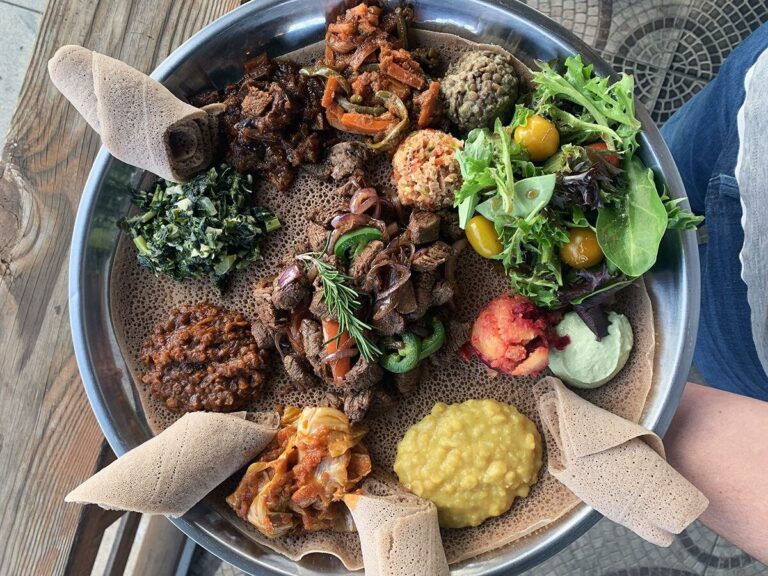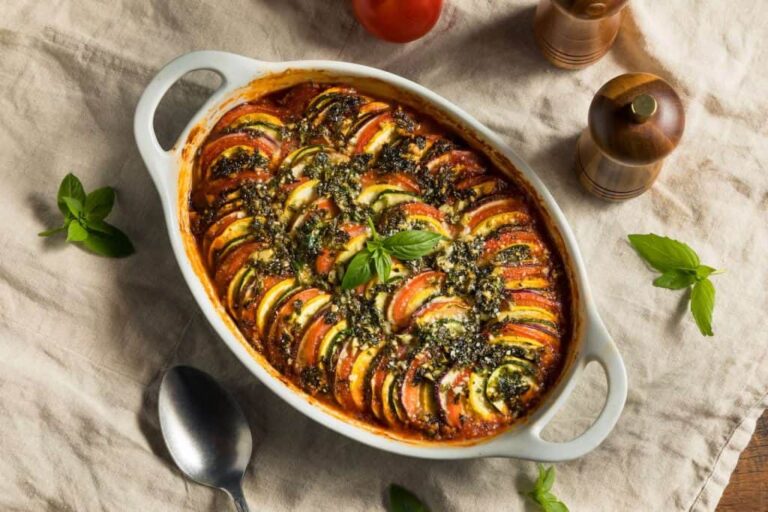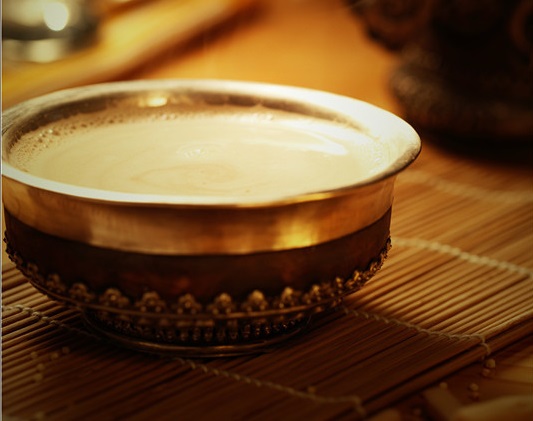Introduction: The Australian Bush Bread, Damper
Damper is a traditional Australian bread that has been a staple of the country’s cuisine for centuries. This bread was originally created by the early settlers who lived in the outback, where access to fresh bread was limited. The damper is made from a simple combination of flour, salt, and water, and is cooked over a campfire. This bread is easy to make and is perfect for camping trips, outdoor gatherings, or as a side dish for a hearty meal.
Ingredients: Self-Rising Flour, Salt, and Water
The ingredients for making damper are simple and easy to find. Self-rising flour is the key ingredient for this bread, as it contains baking powder, which helps the bread to rise. You will also need salt to enhance the flavor of the bread. Finally, you will need water to mix the dough. The amount of each ingredient you need will depend on how much bread you want to make.
For a basic recipe, you will need two cups of self-rising flour, one teaspoon of salt, and one cup of water. Mix the ingredients together until they form a dough. Knead the dough for a few minutes until it becomes smooth. You can add additional ingredients like cheese, bacon, or herbs to the dough to add extra flavor to the bread.
Method: Cooking Damper Over a Campfire
To cook the damper, you will need to have a campfire or a fire pit. The traditional method of cooking damper is to wrap the dough in foil and place it in the coals of the fire. Alternatively, you can place the dough on a stick or a metal skewer and cook it over the fire.
Cook the damper for about 30 minutes or until it is cooked through. The bread should sound hollow when tapped on the bottom. Once the damper is cooked, remove it from the fire and let it cool for a few minutes before slicing and serving. This bread is best served warm with butter or jam.
In conclusion, making damper is a fun and easy way to experience traditional Australian cuisine. With just a few simple ingredients and a campfire, you can create a delicious and hearty bread that is perfect for any outdoor gathering. Give this recipe a try and enjoy the taste of the Australian outback.






